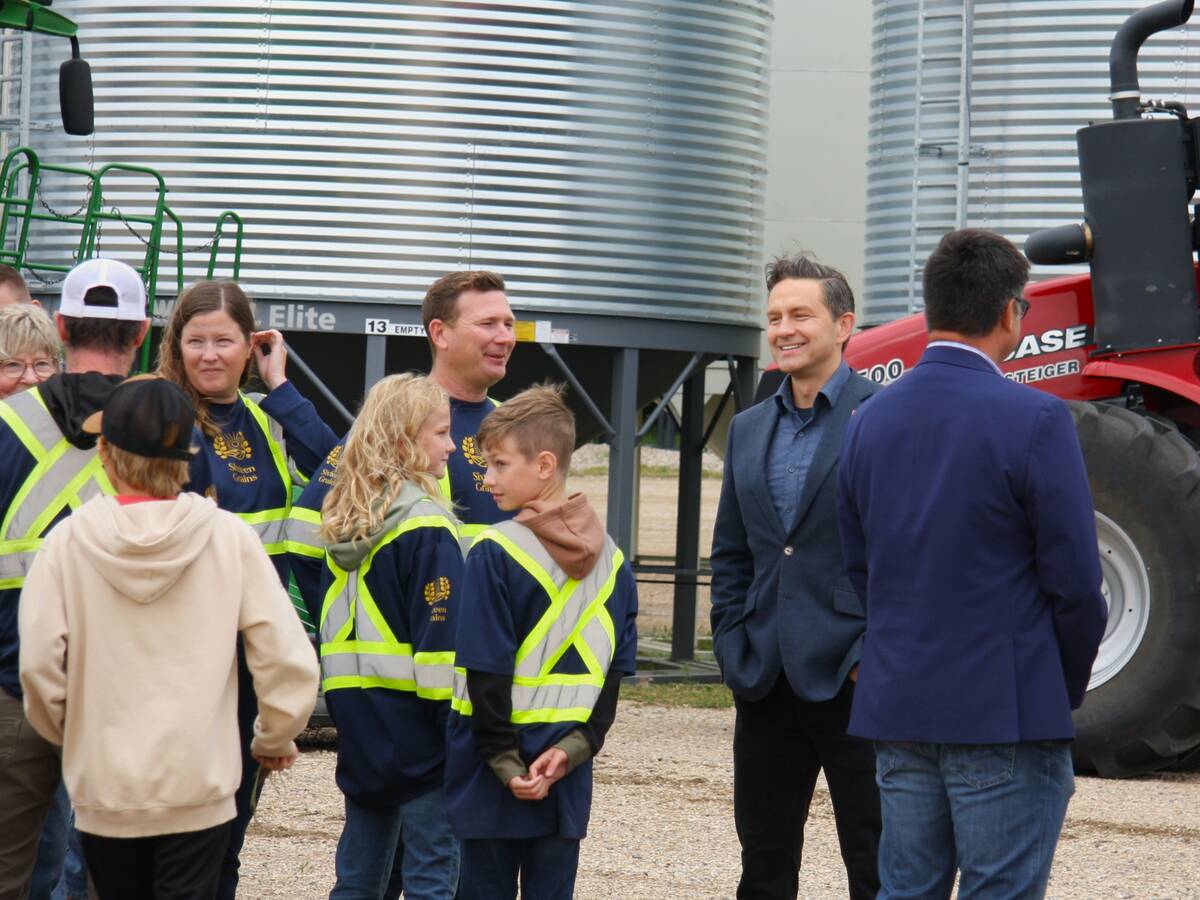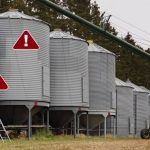– Exploration in new areas is making it important to find out if you have mineral rights, and if you do, managing them to get the best return.
Individuals own only a small percentage of mineral rights in Western Canada, but they can be a lucrative asset for those who do.
That’s why farmers with mineral rights should get professional help to manage them, said Ken Miklos, owner of Woodland Resources Ltd., a Calgary-based company providing independent consulting services on mineral and surface rights.
Read Also

Poilievre promises EV action and calls for canola compensation
Conservative leader Pierre Poilievre promises EV action and calls for canola compensation
Miklos told an audience at the AgriTrends Farm Forum in Saskatoon that many farmers who own mineral rights associated with their property poorly understand their value.
They can be caught flat-footed if an energy or mining company comes calling to lease those rights.
This could become more common as exploration begins in new areas. The biggest new energy exploration is now in Saskatchewan, Manitoba and British Columbia , not Alberta.
The focus is usually on land and not what lies beneath it when farms are passed to the next generation.
“(Mineral rights) usually get transferred as part of the estate, so there is no cash value associated with them,” Miklos said in a later interview.
“The next generation gets them free. They are not seen as part of the core business.”
The government retained mineral rights on most land, but some farms were bought with rights intact.
Rights holders do not own the minerals in the ground. Rather they own the right to extract the mineral and own the mineral once it is extracted.
When someone wants to buy or lease mineral rights, the key question is how to determine a value.
One way to do that is to look at other recent sales or leases in the area.
“But it’s a mistake to go there,” Miklos said.
“One of the assumptions is that they are at arms length and the buyer and seller are equally informed,” but often that is not the case.
The value of mineral rights depends on what’s in the ground and ease of extraction. Formerly, technology allowed extraction of only 10 to 15 percent of the oil in a formation.
“Canadian oil and gas technology is second to none. You look at the Bakken formation in southeastern Saskatchewan. Huge, huge reserves. It’s been known to be there for decades but it is only recently that technology has allowed it to be taken out.”
As well, oil, gas and mineral formations usually spread beyond one mineral rights holding.
Because mineral rights focus on the right to extract, a well could legally extract from a formation partly in another person’s mineral rights.
“The challenge this produces for a mineral owner is: what do you do if you are being drained?” Miklos said.
The most profitable portion of an oil find is usually extracted in the first three to five years.
“That is where time becomes of the essence. The challenge is to (get your own) well drilled.”
Farmers can’t drill wells themselves, so they need an energy company and a lease contract benefiting both sides, he said.
“It is a partnership in many ways. The company brings the money, they bring the know how, they bring the technology. What the mineral owner has is the rights.… The contract is the key.”














